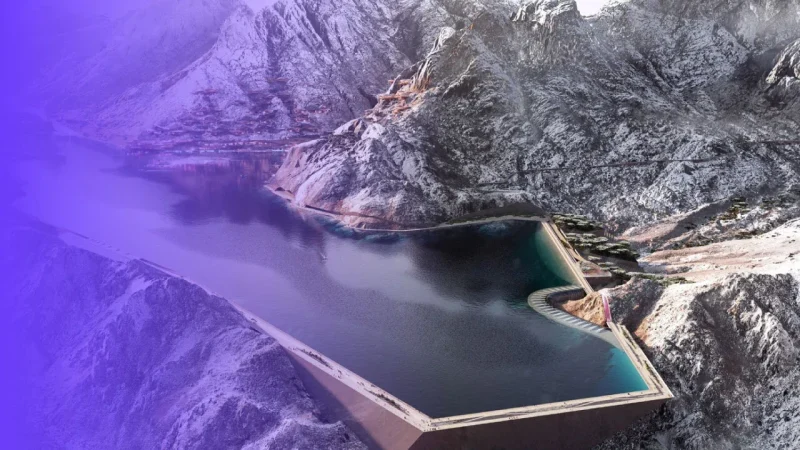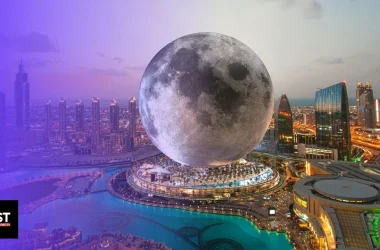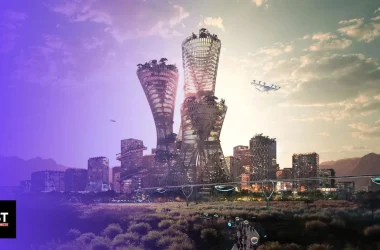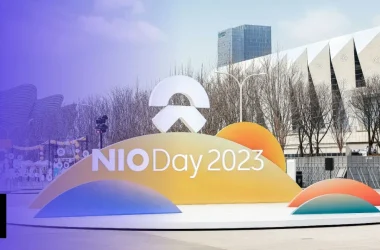To many people, Saudi Arabia is known mainly as an oil exporter. As a matter of fact, the country has become one of the richest in the world, purely by exporting oil. But as the world shifts away from using oil and toward greener forms of energy, the kingdom has to adapt. Saudi Arabia’s megaprojects will play a central role in this transition.
Saudi Arabia’s megaprojects are a series of gigantic initiatives meant to transform Saudi Arabia from a petro state and into an economic and cultural hub. But what are these megaprojects exactly? What do they hope to achieve? And when will the transformation of Saudi actually take place? Let’s find out.
Currently, the Saudi economy relies very heavily on oil exports. The oil industry generates about 87% of exports, 70% of government revenues, and more than 40% of GDP. Therefore, the economy is in dire need of diversification, especially given the fact that many countries are planning to transition away from using fossil fuels. During the recent COP28 summit, at least 80 countries, including the US and EU members, demanded that a COP28 deal call for an eventual end to fossil fuel use.
So, Saudi clearly needs to transition away from oil, but what is it actually doing to diversify its economy? Well, the country has launched several megaprojects with several aims in mind. The megaprojects are meant to create jobs and turn the country into a global economic power.
Saudi Arabia’s megaprojects are part of a larger plan known as vision 2030. This vision not only aims to create economic diversity, but it also aims to change cultural and social perceptions about Saudi Arabia. In terms of the economic aspect, the plan focuses on turning Saudi Arabia into a center of trade, tourism, and investment, as well as developing the country’s infrastructure and public service sector.
Let’s now take a closer look at seven of Saudi Arabia’s megaprojects that are meant to transform the economy.
The Line
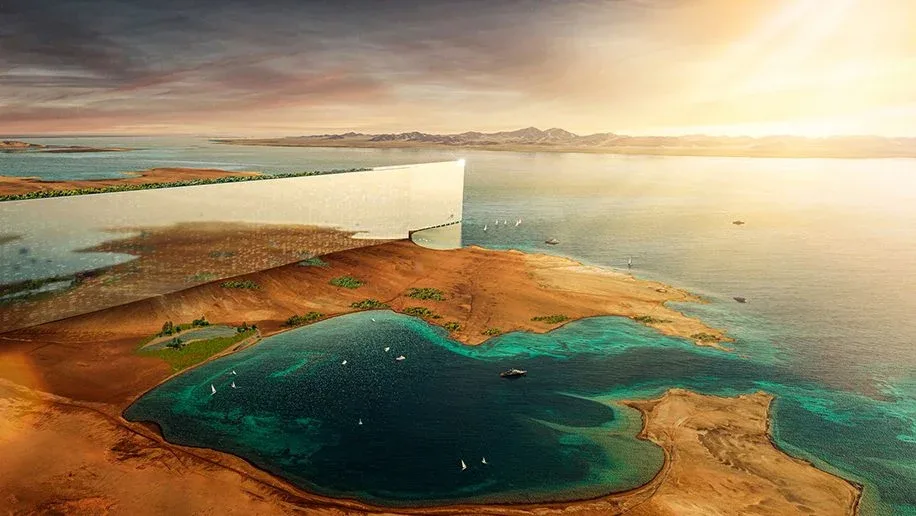
The first of Saudi Arabia’s megaprojects is the Line. The Line looks like something straight out of a sci-fi movie. It’s a 106-mile city that will be part of the larger $500 billion Neom project. The Line will be made up of two parallel skyscrapers, each being 656-foot-wide (200-meter-wide), 106 miles (170 kilometers) long and 1,640 feet (500 meters) high. This would make them higher than most skyscrapers in the world. In addition, the linear city would run completely on renewable energy.
From the outside, the city would look like one vertical building outfitted with exterior mirrors. It is supposed to house around 9 million residents, which won’t have access to cars, instead relying on transportation that would transport them from one end of the city to the other in 20 minutes. The city will also be powered purely by renewable energy, and will have everything needed to support urban life, including flying taxis.
But why does Mohammed Bin Salman (MBS), the crown prince of Saudi and the man behind vision 2030, want to build this extraordinary city? The construction project would of course be huge, and would create about 380,000 jobs. In addition to job creation, the Line is also meant to attract 100 million visitors annually, which would boost the economy and $48 billion to Saudi Arabia’s GDP by 2030. Job creation is important for Saudi Arabia, which has a growing youthful population that will need work. As for the addition to GDP, it will help supplement the oil revenues which will decrease in the future.
However, there are some concerns surrounding the project. claims that the Line would be sustainable are dubious, since the huge consumption of steel, water, and concrete are bound to increase carbon emissions, energy consumption and environmental damage. Also, it has been argued that the unorthodox shape of the city would increase the cost and not provide any substantial benefit over a traditional city. It could even be argued that the Line has little economic rationality behind it and is just a vanity project for MBS.
How much the Line will cost is uncertain. It’s been reported that the project will cost $1 trillion, but this is contradicted by the fact that the Line is just one part of the larger Neom project, which will cost $500 billion.
Given this huge construction bill, it’s no surprise that the initial plan of finishing the city in 2025 was scrapped. Instead, the new planned completion date is 2030, and that is also when the first residents should move in. One promising sign however is that construction has already started in 2022, so this strange concept is already coming to life.
Trojena

Another part of the Neom project is Trojena, which would be an area for mountain tourism, spanning 60 square kilometers. The spot is to be supplemented by a range of facilities including a ski village, ultra-luxury family and wellness resorts, a wide range of retail stores and restaurants. There will also be a natural reserve. Sports other than skiing would be offered such as mountain biking and water sports.
The main income from the project will come from tourism, as the area would attract 700,000 visitors by 2030. In addition, 7,000 permanent residents would live there. It would also create 10,000 jobs by 2030, which would help supply the country’s growing youth population with jobs.
Trojena could even host the 2034 FIFA World Cup. In fact, Saudi Arabia has already secured the rights for the 2029 winter olympics, which is a little usual for a country almost completely covered by desert. Those winter olympics will be played at Trojena of course.
Doubts remain about this project however, as it’s advertised as a winter destination in the middle of a desert area that isn’t sealed. The answer would be artificial snow, which isn’t easy to supply because it needs a huge amount of water and electricity.
The projected time for completion is 2026, only two years from now. In terms of the project’s progress, 1.6 cubic meters have already been excavated in the area around Torjena to create space for the planned amenities, which will include a giant lake. Trojena will also be part of the futuristic Neom city which will cost $500 billion.
Sindalah Island

Another tourist destination planned is Sindalah. It’s a luxury island in the Red Sea, spread across 840,000 square meters. It will have a major emphasis on the conservation of the surrounding natural beauty. There will also be a rewilding program to go along with the conservation of the existing natural surroundings. There will also be several upscale hotels, a large yachting marina, a beach club, a wellness center, and luxury shopping outlets.
Visitors to Sindalah will also be able to participate in a range of activities including kayaking, kite surfing, water skiing, and scuba diving. The large yachting marina is meant to attract people with yachts from all over the world, and complement the island’s function as a luxury tourist destination. It was also planned to have three luxury hotels, and could accommodate as many as 2,400 visitors daily.
Sindalah will open in early 2024, making it the first tourist attraction in Neom to open to visitors. Therefore, it will be an early test for Saudi Arabia’s ambitious strategy to attract an increasing number of tourists. This is in an effort to develop its tourism industry and decrease the country’s reliance on oil exports.
Oxagon

Now we come to a floating city. Oxagon is meant to be the world’s largest floating structure, as well as the commercial and industrial hub of Neom. The city will have a unique octagonal shape with part of the area on land and a large section lying on the Red Sea. The land section and the sea section will be divided by a shipping canal.
Oxagon will be arranged around water-filled squares connected by small canals. It will also contain a cruise terminal, an oceanographic research center, a manufacturing sector, an innovation hub and of course a fully-equipped port.
It’s claimed that the commerce following through Oxagon as well as the industry within it would create jobs and drive economic growth. It would be particularly beneficial to job creation, as it’s projected to create 70,000 jobs by 2030.
The city might even become a focal point for international trade, especially since the Red Sea in which it is located sees 13% of the world’s shipping traffic, especially through the Suez canal. There will also be the world’s first ever integrated port and supply chain ecosystem. This means that the port, logistics, and rail delivery facilities will be unified. These facilities will remain productive while also managing to achieve net-zero carbon emissions.
How soon can this city launch and fuel Saudi Arabia’s economic growth? Well, the aim is to have the city’s logistics facilities in place by 2025. This will allow the city to start receiving traffic, as it could be used to resupply ships. The whole city is expected to be complete by 2030. By then, the city could have a population of 90,000.
As for the cost of building such a city, it’s estimated to reach a total of $33 billion. It’s important to note however that the cost of building offshore structures tends to be higher than building on the mainland. Whether building this much of the city on the water is worth the increase in cost in debateable. The floating facilities could just as easily be built on land with reduced cost. It could be another case of a vanity project, although at least this one will have substantial economic benefits through trade and industry.
Amaala

This project is an ultra-luxury tourist destination along the Red Sea coast. The area covers more than 4,000 square kilometers and the coastline extends for 12 kilometers. Amaala will have three resorts as well as a fully immersive marine life center. What that means is that visitors can experience marine life close up, as well as enjoy underwater tours. The marine center will also act as a research facility. In addition, to minimize the environmental impact, Amaala will only welcome 500,000 visitors per year.
The project is meant to further support Saudi Arabia’s ambitions to become a major tourist destination, which would lead to economic growth and job creation. Furthermore, the existence of a research center alongside tourist resorts shows that Amaala also has a scientific purpose. This is beneficial because the center could become renowned and attract scientists and specialists, which will help diversity the type of economic activity.
The first phase of the project’s development is scheduled to be completed in mid 2024. By that time, the area will have 1,300 hotel rooms spread across eight different resorts. However, the project is scheduled to be completely finished by 2027. By that time, Amaala will have more than 3,000 hotel rooms spread across 25 hotels and about 900 luxury residential villas, apartments, and estate homes.
As for the cost, it’s projected to exceed $1.7 billion, with more than 300 development contracts having been signed. More than 98% of the total contract value has been given to Saudi firms, which shows how the Saudi authorities are committed to supporting Saudi businesses.
The Red Sea Project
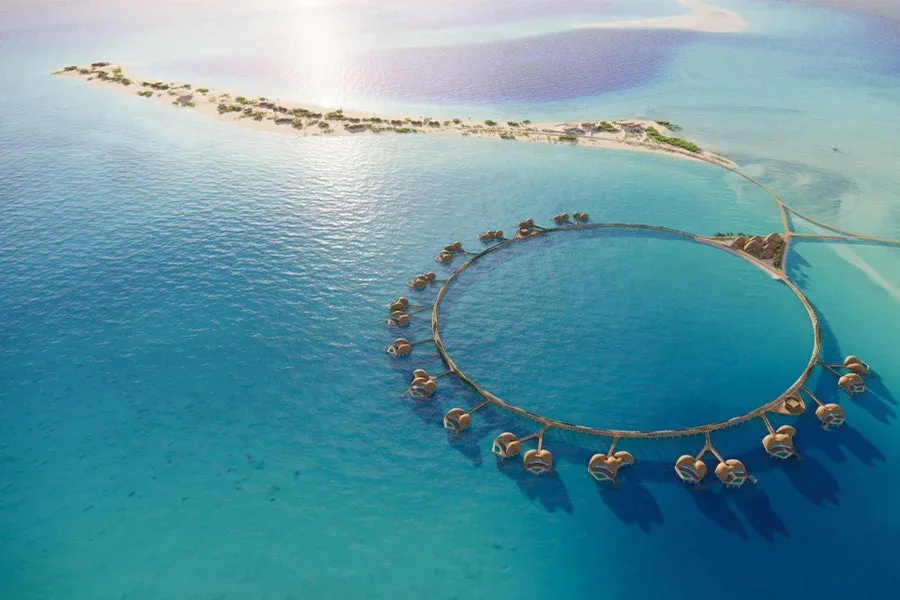
The Red Sea Project is yet another tourist project. This one is being designed by Kengo Kuma and Associates and Foster + Partners, two world-renowned architectural firms. The project is centered around a group of islands in the Red Sea which will have their own airport to serve them and the hotels that will spring up on them. Once again, the emphasis is on sustainable tourism, with the authorities keen to attract tourists while preserving the natural beauty that will do so much to attract tourists in the first place. In fact, most of the islands in the Red Sea won’t be developed at all, in order to conserve them.
Development on the islands has already started in 2022. It is set to be complete by 2030, by which time 22 islands and six inland sites would have been developed. Once development is over, the project can start adding to the Saudi economy through the hospitality sectors. In addition, the project could help in contributing $5.3 billion to the Saudi economy annually starting from 2030.
Diriyah Gate

This project is meant to be built around the UNESCO World Heritage site of At Turaif. Its aim is to create a district which preserves Saudi’s heritage, emulates traditional urban style, and protects the environment. The plan layout was done in cooperation with UNESCO in order to ensure that the historic site wasn’t disturbed by the modern project.
Diriyah Gate will include a wide range of physical assets, activities, performances, sculptures, wayfinding, and trails. It will also have Saudi’s first ever opera house, an arena, a convention center, a museum of contemporary art, a grand mosque, and an innovation cluster along a grand boulevard that connects the site to the King Saud University.
The first hotel in the Diriyah Gate is expected to be opened in 2024. The project aims to attract tourists like pretty much all projects for the 2030 vision. What’s unique about this particular project is that it has a wide variety of places and activities. This is meant to turn it into a vibrant urban center, which will increase economic activity and lead to economic growth and job creation.
The project will cost $63.2 billion, which is understandable given the magnitude of the projects underway in the seven square kilometers area. The project will include 41 hotels, homes for 100,000 residents and 26 cultural attractions, a golf course, and an equestrian center, all around the UNESCO heritage site of At-Turaif.
Conclusion
To sum up, Saudi has started work on several megaprojects that aim to transition its economy away from dependence on oil. This is part of vision 2030, and most of the projects center around the yet to be built mega city of Neom. Saudi Arabia’s megaprojects aim to generate economic growth and create jobs by becoming a world center of trade and tourism. The first of Saudi Arabia’s megaprojects will be completed in 2024, but only time will show how successful they turn out to be.
Disclaimer
Please visit and read our disclaimer here.





